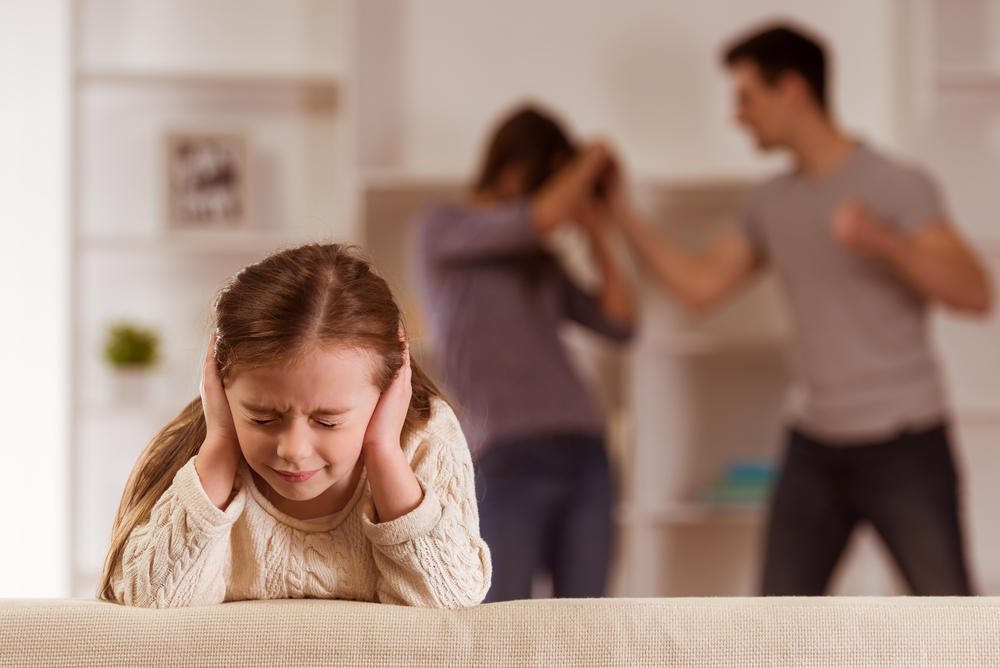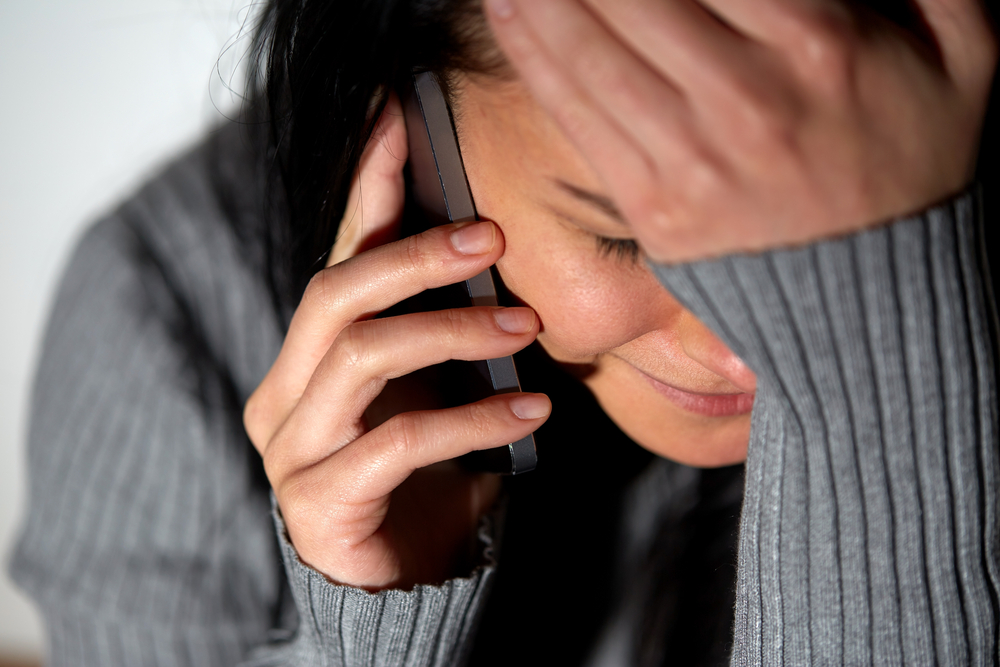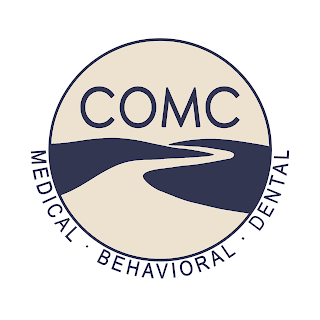According to the dictionary, domestic violence is considered to be “violent or aggressive behavior within the home, typically involving the violent abusive spouse or partner.” But in reality, domestic violence encompasses much more than that. According to the National Coalition Against Domestic Violence (NCADV), domestic violence is “the willful intimidation, physical assault, battery, sexual assault, and or other abusive behavior as a part of a systematic pattern of power and control perpetrated by one intimate partner against another it includes physical violence, sexual violence, psychological violence, and emotional abuse.

When you understand it from that definition, it looks very different than what many of us imagine. Abuse is not just physical abuse, it takes on many forms, some of which can be unseen or underestimated. October is domestic violence awareness month. As a medical center providing healthcare services in central Missouri as well as mental health services in mid-Missouri, we understand the physical and psychological effects domestic violence has on the victims and their families. So, in this week’s blog, we wanted to share some insight to help you recognize domestic violence, to help you understand it is in our community and that it knows no socio-economic or cultural boundaries, and also to empower you to know what to do or how to help someone you know who may be in that situation. To learn more about domestic violence and what can be done about it, keep reading this blog.
The statistics are beyond sad. According to Citizens Against Domestic Violence (http://www.cadv-voc.org/) …
1 in 4 women have suffered severe violence from an intimate partner.
1 in 7 men have suffered severe violence from an intimate partner.
Every day, 3 women are killed by an intimate partner.
55% of female homicides were related to domestic violence.
Every 98 seconds, an American is sexually assaulted.
1 in 3 women are survivors of sexual violence.
2 out of 3 sexual assaults go unreported to the police.
60% of survivors know the person who assaulted them.

Who are the victims?
While domestic violence may affect victims living in poverty at a higher rate because they have fewer options, domestic violence does not discriminate. It occurs among people of all different socioeconomic levels, in every culture, every age group, every educational level, and every religion. Domestic violence not only affects the direct victims but also the children in the family, even if they are never actually a witness to the violence. It is also important to keep in mind that though the majority of victims are women, men are victims of domestic violence as well and the effects are just as devastating.
What does domestic violence look like?
According to the NCADV “Abuse may begin with behaviors that may easily be dismissed or downplayed such as name-calling, threats, possessiveness, or distrust. Abusers may apologize profusely for their actions or try to convince the person they are abusing that they do these things out of love or care. However, the violence and control always intensifies over time with an abuser, despite the apologies. What may start out as something that was first believed to be harmless (e.g., wanting the victim to spend all their time only with them because they love them so much) escalates into extreme control and abuse (e.g., threatening to kill or hurt the victim or others if they speak to family, friends, etc.).”

You CAN get help!
If any of this sound familiar, please don’t underestimate how serious this pattern of behavior can be. We will be sharing more specific details and information on how to get help or where to refer someone who needs help in next week’s blog. In the meantime, if you are ready to get help now or are in a dangerous situation, you can call Citizens Against Domestic Violence/Victim Outreach Center Hotline at 1-888-809-SAFE (7233). Their staff have helped thousands of victims and their families over the years with outreach services, advocacy, the shelter, and direct assistance. You CAN escape domestic violence, and you have a team waiting to help you every step of the way. We are here for you too, with caring and empathetic medical services in Central Missouri as well as skilled therapists in the Lake of the Ozarks area. Be sure to watch for part 2 of this blog, we have more important insight to share with you on this topic. Don’t forget to follow us on social media to hear more tips and helpful information about health care services in mid-Missouri. We have links to our channels listed below for you.
Follow along with our blogs to get more health and lifestyle pointers to keep you out of our office more than once a year!
Central Ozarks Medical Center
Keeping Lack of Insurance From Being a Roadblock to Quality Healthcare

Like us on FacebookFollow us on TwitterConnect with us on LinkedIn
